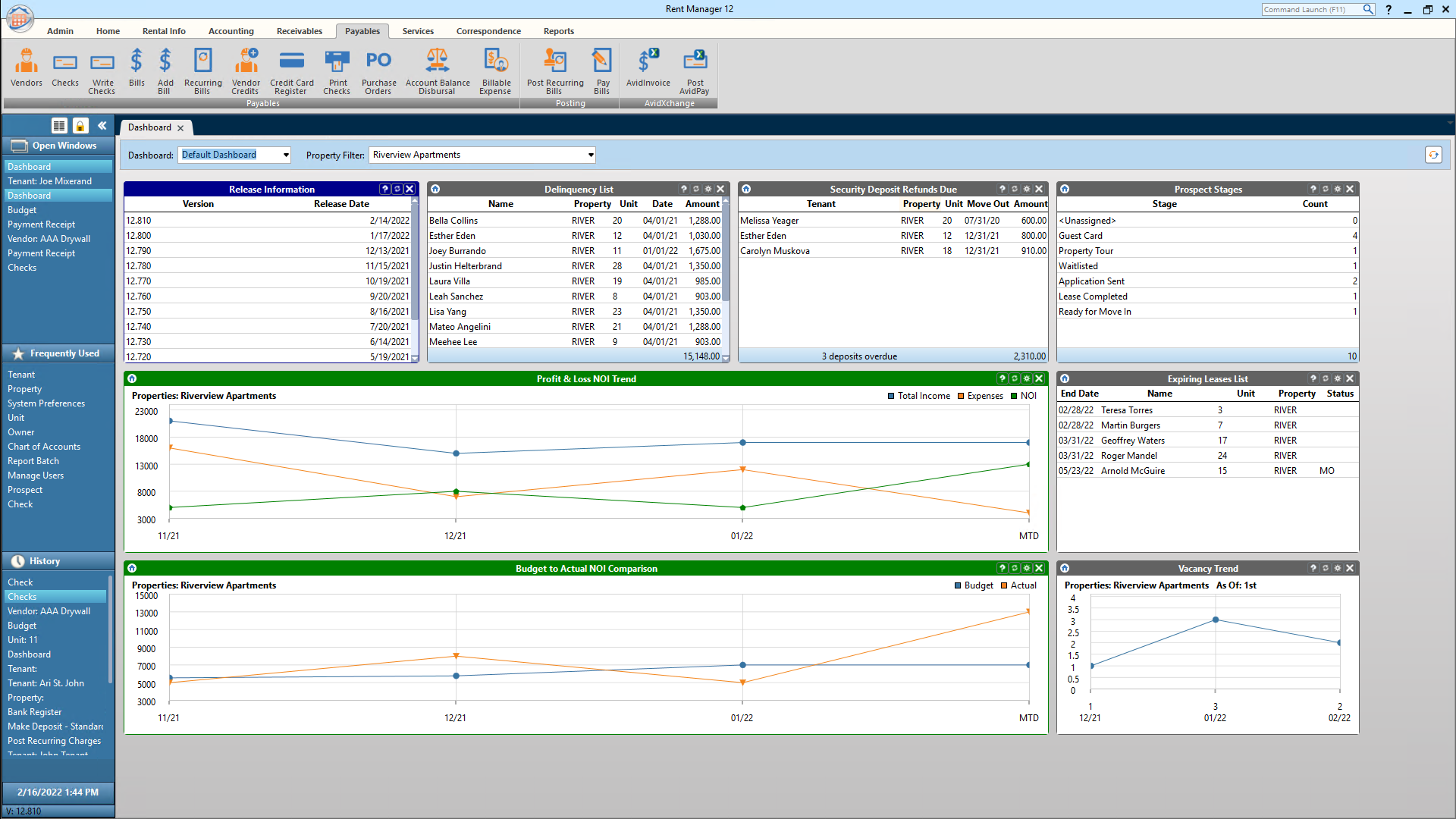
Spring house cleaning is an important part of maintaining your home's functionality and health. It's an excellent way to eliminate clutter and get rid off unwanted items. You can also make minor repairs like replacing a damaged window or fixing a leaky tap. A checklist will help you complete all tasks quickly.
You should make sure your thermostat is working properly before the summer months. This will ensure you are not wasting electricity. Make sure you clean your filters. This will reduce your air conditioner costs. You'll save more energy if your dryer and air conditioner are efficient.
Also, you should inspect your fireplace. Winter can cause chimney damage, especially if the fireplace is in a wooded environment. You might consider installing a solar-powered system if you are interested in saving money. It will help reduce your electric bill and keep your home cool during warmer months.

Clean your gutters is an important part of spring house maintenance. Keep your gutters clean to prevent any clogs which can lead water damage. Hire a plumber to help you with this task.
Remove any exterior siding or trim that is missing paint. This is another important spring house maintenance task. Although this is a tedious task, it will result in a cleaner house.
If you're looking for an alternative to cleaning your gutters, you can hire a professional delivery person to come out and remove any debris. You can also get rid of any paint or dirt buildup from winter.
Another item to check on your spring house maintenance checklist is the roof. This vital aspect is often neglected by homeowners. Even if the repairs have been completed, it's important to perform an inspection. The most common roof repairs include replacing or repairing shingles, inspecting the flashing, and vent covers adjustment.

Apart from inspecting your roof, spring house maintenance should include checking your gutters as well as drains. If they aren't maintained correctly, these important components can cause serious damage to your home.
Your home should also be insured. You can protect yourself from theft or other damage by having your home insured. After you have assessed your coverage needs, it is possible to modify your policy to fit your home.
Last but not least, inspect your fence. Most burglars say that a well-built fence is an effective deterrent. Check for holes, cracks and rot. Repair them as soon as you see any of these signs. In spring, fences are a good visual indicator of your backyard.
FAQ
What can a handyman do to fix my leaky faucets
While a handyman might be capable of minor repairs and not needing the proper training, he or she will be able to take on larger projects such as wiring up a house, installing custom cabinets, or rewiring it. There are many things a handyman could do for minor home improvements.
Do I need to train a handyman to do my work?
No. Handymen already possess the knowledge and skills to complete any project. All they have to do is provide the materials necessary to complete the job.
How many hours is it typical to complete a DIY project of this nature?
A DIY project can take anywhere from 2 to 4 hours. The complexity and difficulty levels of the project determine the length.
How long does it take for a handyman to be trained?
To become a skilled handyman, it takes many years of hard labor. It starts by helping close friends and family. Then it becomes a full time job.
As you progress, you will learn all the necessary skills.
Which is better: contracting, or being a handyman.
Handyman work requires less resources than contracting because you only need your own tools. It is important that you are able to manage your workload and work schedule. Contractors often rely heavily on subcontractors.
Is it cheaper to hire handyman than general contractors for the same job?
Yes! Yes. Sometimes, a handyman may be cheaper than hiring a general contractors to do a job. This is especially true when you've never had a contractor complete a task before. Handymen can also speed up the completion time of projects because they are skilled at completing specific tasks faster and more efficiently.
How often should I use a handyman for my job?
It depends on the nature of your project. For instance, if you need a simple fix-it job done, such as installing a light bulb, then you might only need to call one handyman per week. For large-scale remodeling projects, you might need to hire several handymen.
Statistics
- Another estimate was that the market in the United States was $126 billion and was increasing by about 4% annually. (en.wikipedia.org)
- Mila keeps a commission of 20% for each completed service performed by Friends and charges various service fees regarding work done by Pros. (appjobs.com)
- “Once the pandemic hit, that number fell to about 20%.” (inquirer.com)
- Our handyman services for seniors are provided by professional senior helpers who have been serving the community for over 20 years with 98% customer satisfaction. (cantatahomeservices.org)
- More than 20% of homes in America have outdoor living spaces, including decks and patios. (mrhandyman.com)
External Links
How To
How to replace a broken tile
Step 1: Remove the old tiles.
Take out the tiles and place them on a new flooring surface. You'll want to keep these intact if you use them later. Note which pieces are missing or damaged to avoid having to search for replacements.
Step 2 - Choose New Tiles
Look at these different options for replacing tiles.
-
You can find a tile replacement that is similar to the one you have just removed.
-
To find the right piece, take the measurements you took as you were removing the tiles. This makes it easier to get the right size without having to measure again.
-
Be open to different colors, patterns or textures.
-
Consider the grout you want to use. Some prefer a solid color, while others like mixing it up.
-
You should ensure that the tile you choose is resistant to moisture.
-
Also, think about where you want to place your new tile. This will help you save time and money.
-
Once you've found the tile that suits your needs, you can place your order online.
Step 3 – Install the new tiles.
Use the same method as before to install your new tiles. It's important to align them correctly in order for them to fit together.
Step 4 – Clean up
Clean up any debris on the floor before you apply the last layer of protective material.
This will prevent dirt or dust from collecting between the tiles and causing mold.
Step 5: Sand down the Floor
After everything has been cleaned, sand it down to remove any remaining particles from the previous steps.
Step 6 -- Finish Off
Apply the protective coatings once the floor is smooth. It is important to wait before you apply the protective coatings.
For stain protection, you can always use a product called "damp&dry" to clean your floors.
However, it will not cover all possible problems that may arise after you have installed your tiles. An anti-slip coating can be added to the protective layer for children who are often running around.
Finally, don't forget to keep your protective sealer in place for several weeks before moving into your new home.